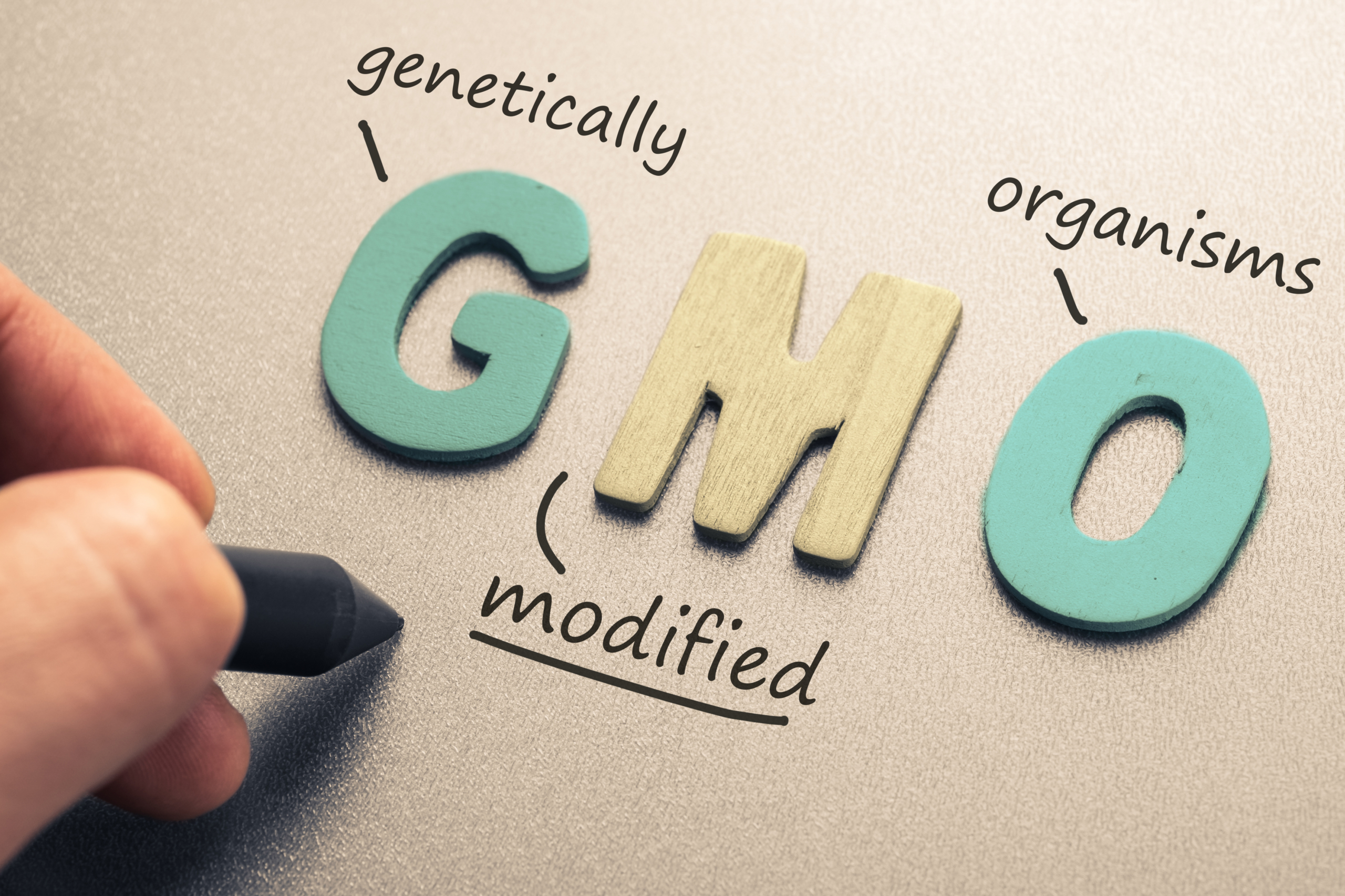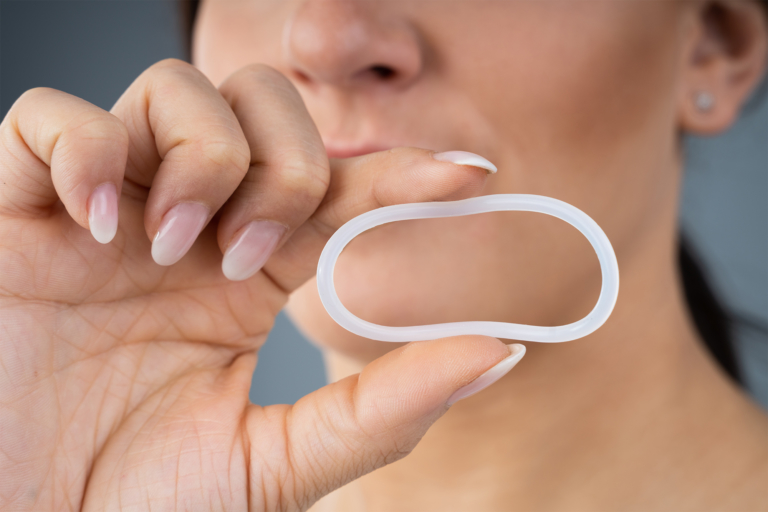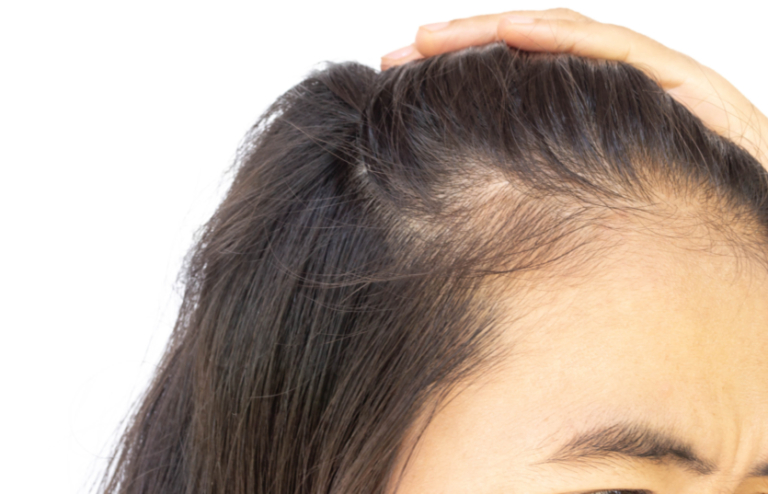You’ve probably heard the term GMO. It stands for Genetically Modified Organism. And it’s likely that unless you’ve gone out of your way to purchase something not genetically modified, you’ve bought a sweet bell pepper or a head of broccoli whose genetics have been bio altered. In fact, the majority of the food we eat has been bio engineered to withstand application of herbicide and insecticide.
First, a little agricultural history. The use of synthetic pesticides began in the 1930s and surged after WWII. The cost benefit analysis was apparent. After war time food shortages and scarcity, any sign of abundance was welcomed. This seemed like a great advancement—crops could yield larger numbers at faster paces. But in 2020 after over a century of GMO crops, we’ve seen soil health deteriorate and run off residue from pesticides contaminate our water sources. Genetically modified crops also are responsible for the emergence of “superweeds” and “superbugs,” which can only be killed with ever more toxic poisons such as 2,4-D (a major ingredient in Agent Orange).
While some natural pesticides were used prior to the 20th century, the practice of agriculture resembled what we now call “organic farming.” Turns out, nature had some great systems in place already to ensure overall health of soil and people alike. Organic farming promotes the use of crop rotations and cover crops, and encourages balanced host/predator relationships. Organic residues and nutrients produced on the farm are recycled back to the soil. Cover crops and composted manure are used to maintain soil organic matter and fertility. Preventative insect and disease control methods are practiced, including crop rotation, improved genetics and resistant varieties. Integrated pest and weed management, and soil conservation systems are valuable tools on an organic farm. In other words, when you work with nature rather than against it, there are built-in systems keeping homeostasis.
How does this link to birth control?
In many ways, when a woman is on hormonal contraception, she has become a “genetically modified organism.” The compounds used in hormonal contraceptives are steroids. Use of these hormonal steroids affect neuro-processes, hormonal composition (obviously), and even a woman’s microbiome. When we let nature take its course and tend to the soil of our bodies (the endocrine system) it’s a pretty delicate arrangement that can sustain itself.
With fertility charting in a naturally cycling woman, they can work with their body and not disrupt the hormonal symphony. When cycling regularly, and therefore being exposed to the hormones that her body naturally makes, a woman’s future heart and bone health is protected, their mating—and every day—choices are swayed by their hormonal processes to ensure biological vigor (the original genetic modification) and their reproductive tract tissues mature and strengthen to ward off infection. Who knew? We women are natural organic farmers of our own bodies!
If you are conscious about the choices you make in your grocery shopping cart it only makes sense to think twice about that pill pack from the pharmacy. Not unlike conventional farming, hormonal contraception seems on the surface like an easy win. Women often experience lighter and more regular “periods” (worth noting that periods on any type of hormonal contraception are withdrawal bleeds and not true ovulatory bleeds), clearer skin, and it prevents pregnancy as an added bonus. But the cost? A disrupted microbiome, endocrine system, and poor nutrient absorption.
When you think about it, humans are really just an extension of the organisms we eat. And if we are consuming artificial steroids with our organic kale, we might not actually be benefitting from the nutrients in the produce we buy. Women on hormonal contraceptives have been found deficient in folic acid, zinc, vitamin B6, C, and A. Oral hormones are absorbed in the intestines before being passed through to the liver, where they are broken down and circulated through the blood. Vitamins and minerals are needed to metabolize the hormonal steroids. In other words, vitamins and minerals that we obtain through nutrition quickly rush to metabolize the hormonal steroids, rather than tending to biological processes in the body. The liver is responsible for metabolizing all hormones in the body, natural or not. Hormonal contraception adds in artificial estradiol and progestins to the liver’s workload.
Not to mention when women do come off of their hormonal contraception, the previous issues like painful periods and acne tend to come back with a vengeance, often worse than before. If they missed an early diagnosis of a hormonal disorder due to getting on the pill for a seemingly benign issue, like irregular periods, they often struggle to get pregnant.
Speaking of hormonal disorders, it is worth noting that some “crops” need extra support. In the case of someone with PCOS, endometriosis, or any other hormonal disorder, their “soil” needs extra specialized attention. It is difficult to parcel apart what came first, the hormonal disorder or the endocrine system. Was this person exposed to environmental toxins that sent their endocrine system into a tailspin? Or were they genetically predisposed and the disorder was going to happen anyways? The answer is awfully complex. In any case, health care providers must focus on tending to the endocrine system first to yield maximum health for the patient. And eating a vitamin and mineral rich diet doesn’t hurt either.
The bottom line is that every individual should weigh the costs and benefits of sustaining their soil, er hormonal, health. Every good gardener knows that to grow rich food, you nurture rich soil. The endocrine system, too, needs an awful lot of nurturing that often starts with the choices in your grocery shopping cart and also at the pharmacy.
Cassie Moriarty is a fertility awareness educator, postpartum doula, and lactation mentor based in New York City, where she lives with her daughter and husband.




